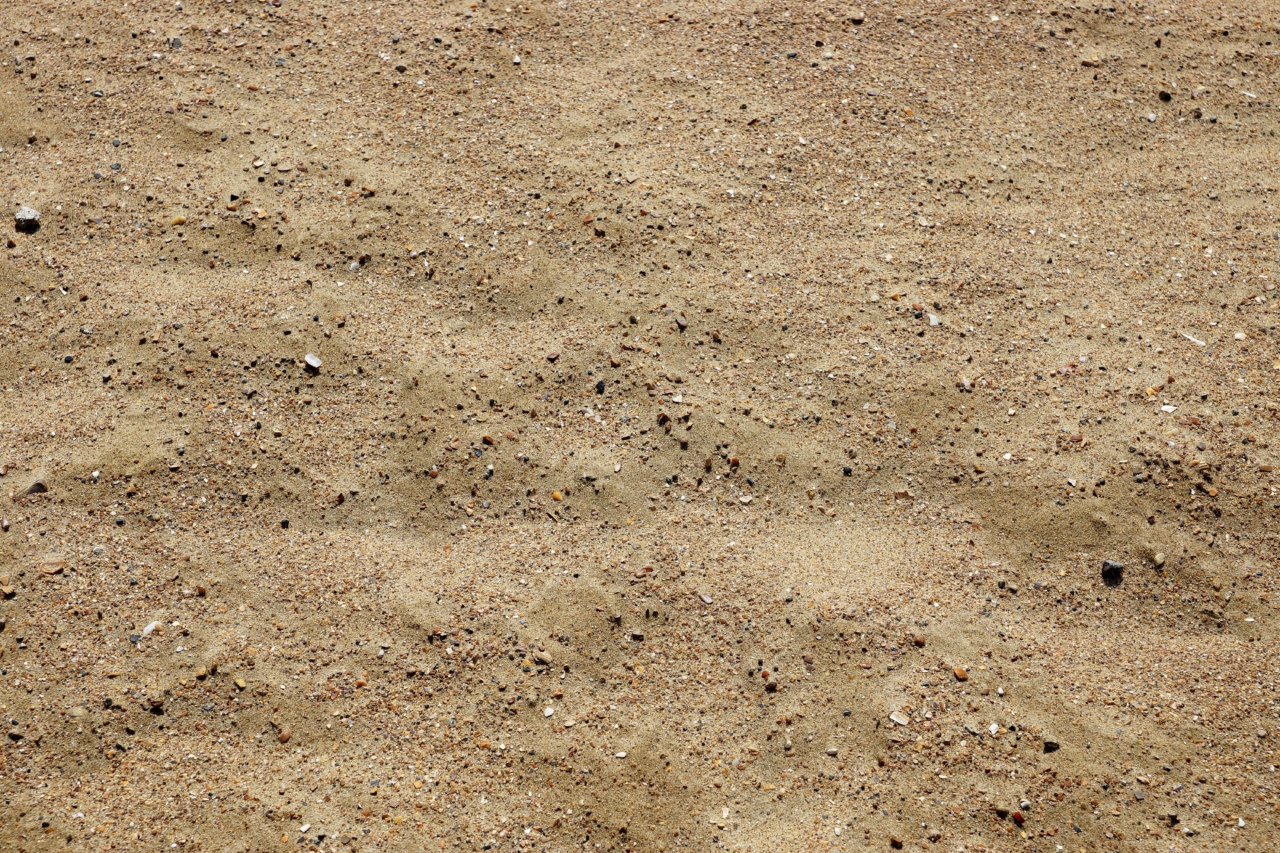Dust mites are tiny insects, invisible to the naked eye that thrive in warm and humid environments. They are common in households and can cause allergies or asthma attacks.
Understanding dust mites and how to treat them is essential for people with allergies or asthma. Here’s everything you need to know about them.
What Are Dust Mites?
Dust mites are eight-legged insects that are part of the arachnid family, like spiders and ticks. They are too small to be seen with the naked eye and range from 0.1 to 0.5 millimeters in length.
Dust mites found in indoor environments feed on human skin flakes, pet dander, pollen, and fungi. Their excrements are the primary source of allergens that can cause asthma and allergies.
Where Do Dust Mites Live?
Dust mites thrive in warm and humid environments, such as the bed, carpet, and upholstered furniture. They prefer temperatures between 68 and 77 degrees Fahrenheit with a humidity level of 70% to 80%.
Dust mites can also survive in colder temperatures with reduced humidity levels.
What Are the Symptoms of Dust Mite Allergies?
Dust mite allergies can cause symptoms such as sneezing, runny nose, nasal congestion, itchy or watery eyes, postnasal drip, cough, and wheezing. In severe cases, dust mites can trigger asthma attacks.
People with eczema can also experience skin reactions if exposed to dust mites.
How to Test for Dust Mite Allergies?
A doctor can diagnose the presence of dust mite allergies through skin prick tests, blood tests, or by observing the symptoms.
To confirm an allergy diagnosis, an allergist will expose the patient to small amounts of dust mite allergens to observe any reaction.
What Are the Treatment Options for Dust Mite Allergies?
Treatment options for dust mite allergies include medications, immunotherapy, and avoidance and control measures. Medications for dust mite allergies include antihistamines, decongestants, nasal corticosteroids, and leukotriene modifiers.
Immunotherapy involves injecting the patient with gradually increasing doses of dust mite allergens to desensitize the immune system. Avoidance and control measures involve reducing exposure to dust mites by cleaning the house, using hypoallergenic bedding, and controlling humidity levels.
How to Control Dust Mite Exposure?
Control measures for dust mite exposure include:.
- Using air conditioning or dehumidifiers to maintain optimal humidity levels (below 50%)
- Vacuuming carpets, rugs, and upholstered furniture regularly using a HEPA filter vacuum cleaner
- Using allergen-proof covers on mattresses, pillows, and bedding
- Washing bedding and stuffed toys in hot water (at least 130 degrees Fahrenheit) every week
- Reducing indoor humidity by venting bathrooms, kitchens, and using exhaust fans
- Replacing carpets with hard flooring or low-pile carpets
- Keeping pets out of the bedroom and off upholstered furniture
- Avoiding stuffed toys or washing them frequently in hot water
Conclusion
Dust mites are common household insects that can cause allergies or asthma attacks. Understanding how to treat dust mite allergies is crucial to living a comfortable and healthy life.
By controlling dust mite exposure and following the recommended treatment options, people with allergies or asthma can reduce their symptoms and improve their quality of life.





























